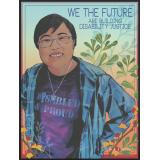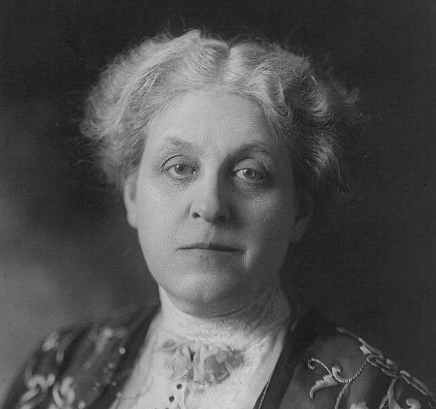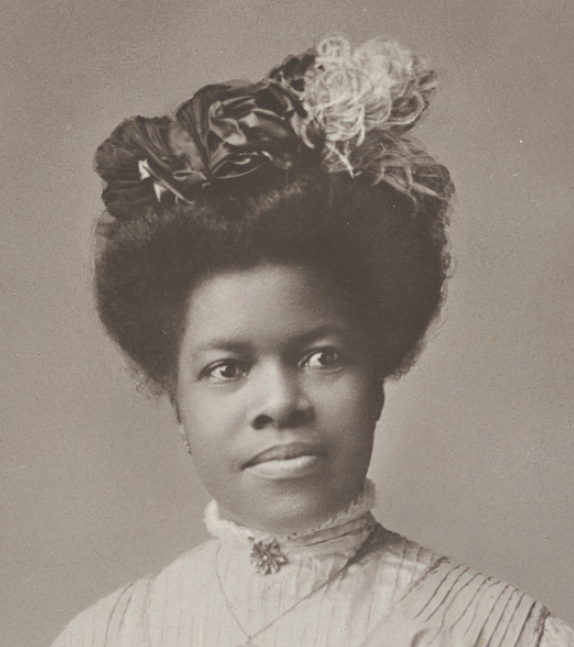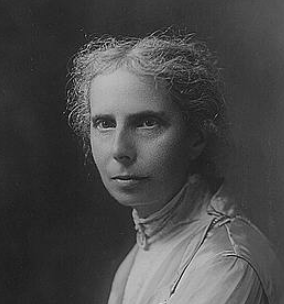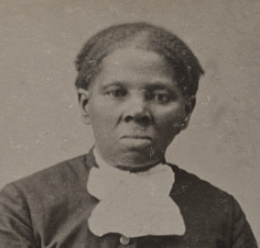Recent legislation (2024) requires disability history to be incorporated in the curricula of West Virginia Schools during Disability History Week. As longtime advocates can attest, this is HUGE.
The West Virginia Department of Education has assembled a list of state and national resources: Disability History Week - West Virginia Department of Education (wvde.us)
If you could add a resource to this list, what would you add?
5 Ways to Teach Disability History in Social Studies Class
Kara Newhouse - KQED - Mind/Shift
A practical, primary source-based approach to integrate disability history into the curriculum, featuring the Reform to Equal Right: K-12 Disability History Curriculum.
 Social Studies/History
Special Education
Disability
Disability History
Curriculum
Culturally Relevant Pedagogy
Inclusion
Access
Social Studies/History
Special Education
Disability
Disability History
Curriculum
Culturally Relevant Pedagogy
Inclusion
Access

I originally posted this image in a comment to an Inquiry Starter Set album--Can a Woman Play Hamlet?--created by  Mary Alice Anderson
in The Arts & Primary Sources group. Not long after,
Mary Alice Anderson
in The Arts & Primary Sources group. Not long after,  Alison Noyes
suggested to post it in this group as well.
Alison Noyes
suggested to post it in this group as well.
The image comes from the cover of the program bill of a Winter 2024 production at the Chicago Shakespeare Theater that featured Tony Award nominee, Paralympic champion, and bilateral above-knee amputee Katy Sullivan in the title role.
After doing a little digging, I discovered a rich history of disabled actors in this role. Check out this article from American Theater.
- Cripping Richard III: What Disabled Actors Bring to the Role January 3, 2024
Next, take a dive into the history of disability in the times of Richard III in this podcast with Jefferey R. Wilson: Disability, Deformity, and being handicapped in Shakespeare's lifetime. Wilson is the author of Richard III’s Bodies from Medieval England to Modernity: Shakespeare and Disability History.
Email rcairn@collaborative.org for the meeting zoom links and agenda.
- We will hear brief presentations from:
- Max Chervin Bridge and Kevin Hoskins from Brown University's Choices Program will discuss disability justice, intersectionality, and related recent scholarship in disability history. They will briefly introduce the new Resource Guide on Disability History and Studies from Choices. The guide collected a diverse array of lesson plans, online blogs, academic essays, virtual exhibits, podcasts, short documentaries, and more that point educators to some of the core ideas informing the work of disability history and studies, contemporary disability activism, and anti-ableist pedagogy. See a blog post by Max Chervin Bridge on the guide.
- Rich Cairn from Emerging America at the Collaborative for Educational Services will discuss the design principles that shaped the 2023 K-12 Disability History Curriculum: Reform to Equal Rights (RER). A national advisory group of teachers, historians, and disability advocates created these principles for RER, focused on supporting agency in the presentation of history and in classroom practice. The curriculum comprehensively addresses national standards for history, social studies and civics. And it emphasizes student inquiry grounded in 250+ primary sources and fully inclusive civic engagement. See a blog post on the design principles.
- Breakout discussion on the following questions will follow the presentations:
- What principles should guide us when we create and share disability history curricula?
- How can teaching disability history best incorporate disability justice?
- What are the important commonalities and differences between disability history and disability studies? How can we communicate that to K-12 teachers?
- What disability history stories should we share with students?
English/Language Arts Social Studies/History Special Education Disability History Disability Inclusion Accessibility Culturally Relevant Pedagogy
Choices Program: Disability Histories Now - a new Emerging America guest blog post by Brown University PhD student and curriculum specialist, Max Chervin Bridge explains disability studies and disability history and introduces a variety of compelling and insightful articles and other resources in the Choices Program's new digital resource guide.
https://emergingamerica.org/blog/choices-program-disability-histories-now

Marvin Puryear's 2014 Slavery Memorial on the Front Green at Brown University - photo by Carol Highsmith
Art/Music English/Language Arts Library Science Social Studies/History Special Education Disability History Disability Culturally Relevant Pedagogy Curriculum Social Justice
What should we talk about at the June 13, 22024 meeting of the Teaching Disability History Interest Group?
Feedback from the April 11 meeting suggested these topics:
- How can we create and share disability history curriculum?
- What disability history stories will best engage students?
- How can we support Special Educators to teach disability history?
Please comment below, including your suggestions for who might share their approaches and experiences. To get the meeting invitation emailed to you, email Rich: rcairn@collaborative.org.
[To comment below, you must first "join" this group, using the button above.]
Art/Music English/Language Arts Library Science Social Studies/History Special Education Disability Disability History Disability Curriculum Culturally Relevant Pedagogy
This comprehensive article on the state of teaching disability history features Library of Congress TPS grantees: Easterseals Massachusetts #TeachDisabilityHistory campaign, and Collaborative for Educational Services Emerging America Program - Reform to Equal Rights: K-12 Disability History Curriculum. The article also links to what is happening across the country.
What is happening in your state?

Demonstrators continued a four-day sit-in at the offices of the Health, Education and Welfare department in San Francisco, April 9, 1977, until civil rights rules for people with disabilities were signed by the president.
Check out the new guide to using primary sources from Teachers College Press, Inclusion in the new publication: Teaching with Primary Sources for Cultural Understanding, Civic Mindedness, and Democracy, edited by TPS friend and colleague  Scott Waring .
Scott Waring .
See an Emerging America blog post with short descriptions of several of the chapters that make direct contributions to inclusion.
Blind airmen listen to Talking Books. U.S. Airforce. (1944). Library of Congress.

Bilingual Education/ESL English/Language Arts Social Studies/History Special Education Inclusion Accessibility Asian American History Latinx History African American History
The Historic American Buildings (HABS) collection holds many hundreds (thousands?) of images of institutions from disability history. Searches for a state name and terms, including: "Deaf," "blind," "hospital," "asylum," "veteran," and "school" will pull up photos of the state schools and hospitals built in every state across the 19th and 20th centuries as well as veterans' homes and hospitals.
While it is people, not buildings, that must keep the focus of disability history, these institutions played an enormous role in the lives of millions of Americans. The stories of the different types of institutions diverge widely: for instance, schools for the Deaf fostered a language community and culture that thrives today, while schools for people with intellectual disabilities became, by mid-20th century, the scenes of vast and terrible abuse and suffering. Yet in all cases, there are also stories of leadership and perseverance by people with disabilities.
Lessons on the Founding of Schools and Asylums, from the free curriculum Reform to Equal Rights: K-12 Disability History Curriculum provides students with background and direction to research the history of the institutions in their states and communities. The unit, The Long Struggle for Disability Rights and other lessons, feature stories of disabled leaders who helped to close many of these institutions and to transform the experiences of people with disabilities. (Emerging America created this curriculum with support from a Library of Congress TPS grant.)
Social Studies/History Special Education Vocational/Technical Training Disability Disability History Inclusion Research
Testimonials
- I love that there is new info on the site daily!
- I had a wonderful time working with the Library of Congress and learning about all of the resources at my fingertips!
- The TPS Teachers Network has an equal exchange of ideas. You know it's not a place where you're being judged.
- My colleagues post incredibly fine resources and ideas....the caliber of the suggestions and resources make me feel that I take a lot from it. It's a takeaway. And I hope that I can give back as much as I get.
- Going into this school year, I have a fantastic new resource for my own instruction and to share with my colleagues!
- I am very glad that I discovered the TPS Teachers Network through RQI. Great resources can be hard to find out there on the internet!

